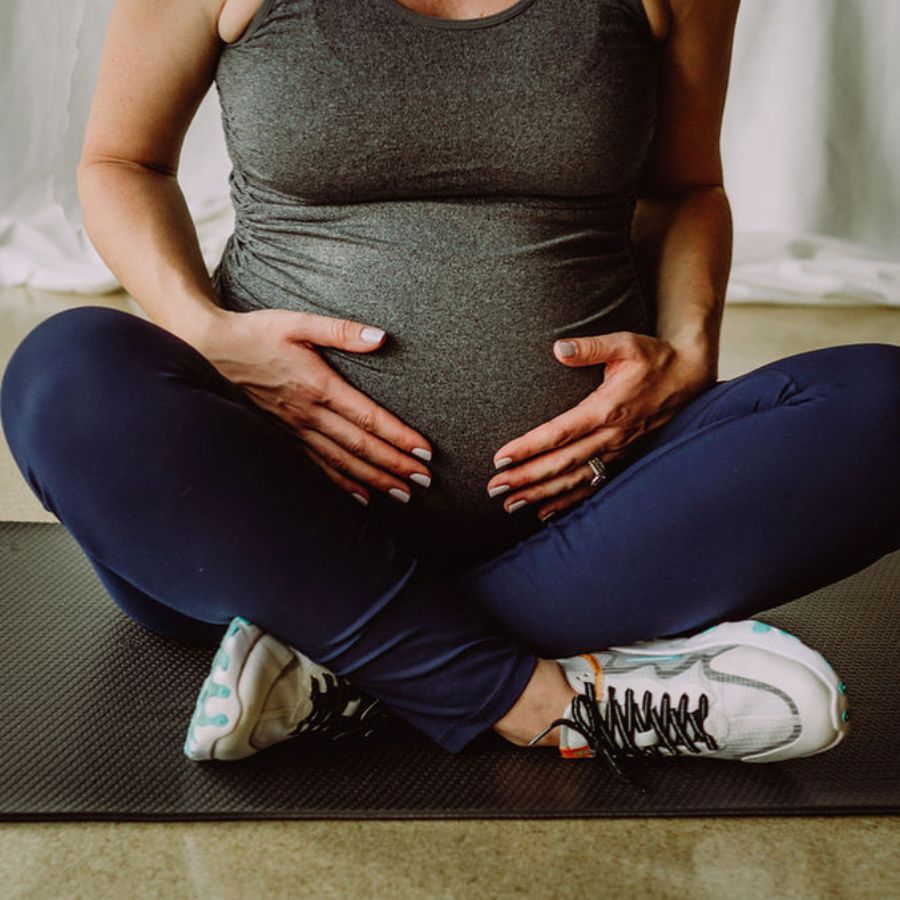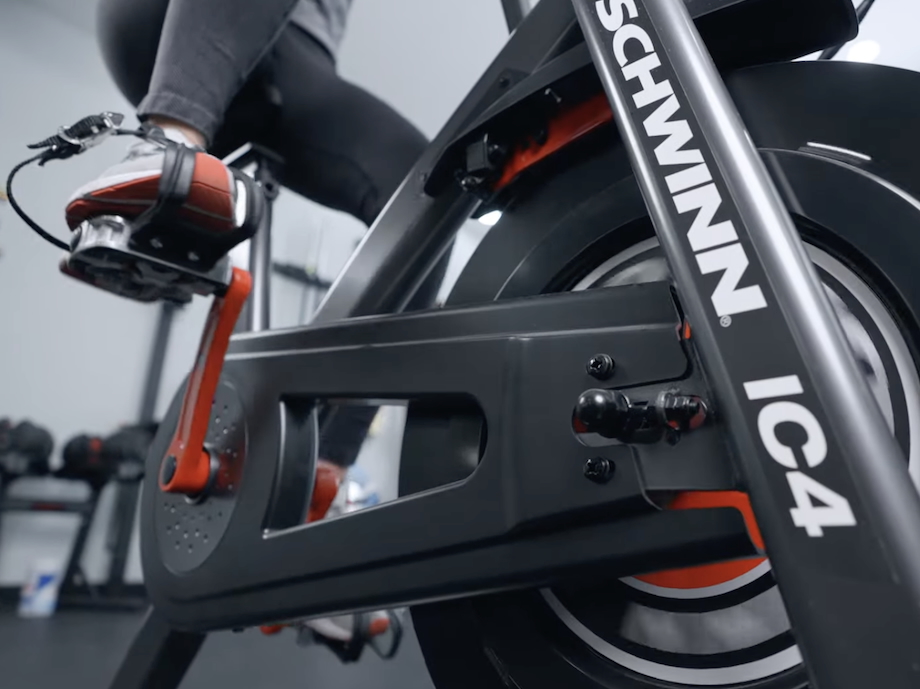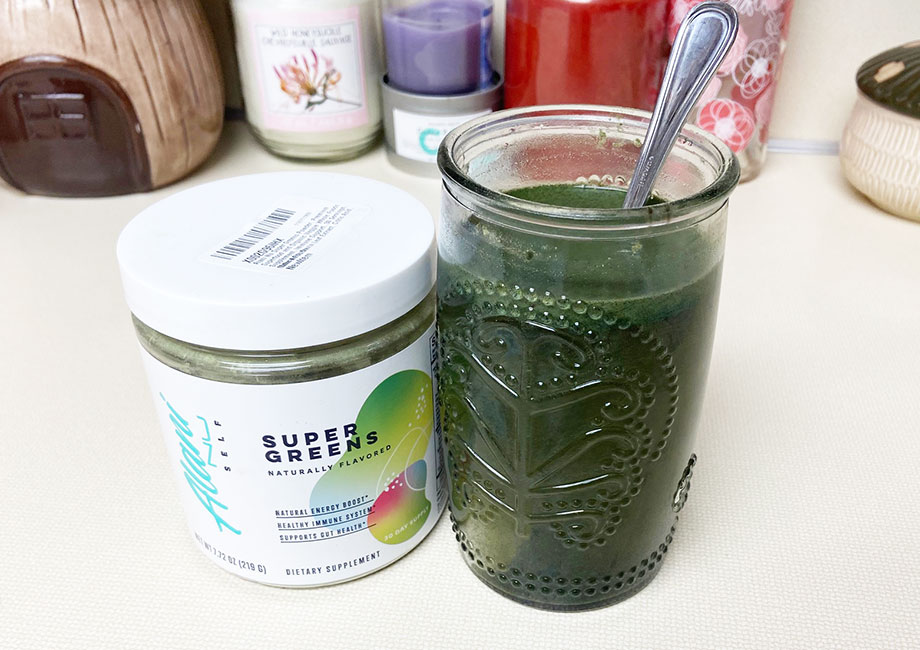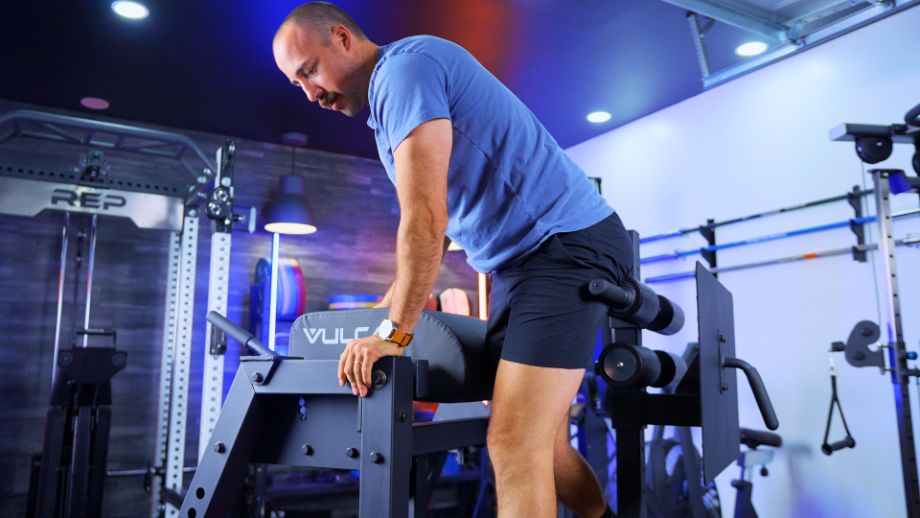If no one’s told you today, congratulations: From growing a baby for nine months to giving birth to said baby, you’re a literal rockstar!
I know firsthand that becoming a mom changes you—I’ve gone through the experience twice—and the postpartum period can be a truly special time. But it’s also hard. Really, really hard.
If you’re itching to get back to your old self in some way, exercise might be one place to start. Not only is it good for your physical health, it’s great for your mental health as well. Whether you were active before pregnancy or are a total beginner, it’s not too late to start—as a certified personal trainer with several years of experience working with postnatal mamas, I know this for a fact!
In this article we’ll take a look specifically at running postpartum: Is it safe to do? When can you start? And what should you look out for? I answer all of those questions, and more, below.
When Can You Start Running Postpartum?
As with most things during pregnancy and postpartum, the answer to this question is “It depends.”
In postpartum physiology in general, it takes six weeks for healing to occur if you had an uncomplicated childbirth—it can take longer if you had a C-section or experienced a large tear to the perineum during delivery. This is the main reason that physicians recommend waiting at least 6 weeks postpartum to have sexual intercourse, says Lesley Tedesco, DPT, OCS, and pelvic floor specialist at Elite Physical Therapy in Charlotte, North Carolina.
“I would say most women go back to activities by feel, but there is science that can back up returning to running postpartum, and the preparation varies a lot based on each woman,” she explains.
For instance, a woman who was training her entire pregnancy, with minimal postpartum complications, probably will go back to running rather easily because she was used to this type of training prepartum.
However, a more common example would be a woman who wants to get a pre-pregnancy body back and then wants to begin a rigorous exercise routine but was not performing any level of fitness for nine months—this woman would need to take more time to prepare before jumping into running postpartum.
So while six weeks is probably the minimum amount of time to wait, for many women, they’re not fully healed for months after pregnancy and childbirth. From my personal experience, it took three months with each of my pregnancies to feel somewhat normal physically, so only then did I start to think about exercise like running.
Running Postpartum: Things to Consider
Many components will affect how long your recovery process will take—and that’s just how long it might take you to feel like yourself. It may take even longer to safely return to running, which is a high-impact activity. Consider these factors.
Recovery From Vaginal Birth
If you had a vaginal delivery, you’ll experience soreness in the vagina and perineum, as well as potential stitches to close any tears you may have experienced. You’ll also experience some level of bleeding or discharge for days to weeks after delivery, plus potential issues with constipation or diarrhea from pain medication, and even hemorrhoids. All of these things will take time to dissipate.
Recovery From C-Section
A cesarean section, or C-section1, is major surgery and will require more time to recover than an uncomplicated vaginal birth. Your abdominal muscles will be very weak, and you’ll have to avoid any lifting or twisting for weeks to months afterwards. You may also experience pain at the incision site. Those who have a C-section will also experience vaginal bleeding or discharge for days to weeks after delivery.
Diastasis Recti
Diastasis recti is a common condition in postpartum women where the six-pack muscles—the rectus abdominis—are stretched during pregnancy and can cause the belly to protrude or bulge. You may feel a space between the right and left sides of your abs when you contract them—this is a sign that you have separation that needs to be addressed.
This is a very common condition, but it’s not normal, and steps should be taken to heal the separation before a return to exercise. If diastasis recti is not healed2, it can continue to get worse and cause umbilical hernias, back pain, pelvic pain, incontinence, and more.
Pelvic, Hip, or Back Pain
During pregnancy, a hormone called relaxin3 is flowing through your body to help loosen your ligaments and joints and accommodate a growing baby. Your organs literally rearrange themselves to make room. Plus, according to a study in BMC Musculoskeletal Disorders4, during childbirth, your pelvic floor muscles are stretched to more than three times their normal length (child-birthing humans are superheroes, I swear!). All this to say, it can take months for your pelvic and core regions to heal and pain during this process is not uncommon.
RELATED: Post-Run Stretches

Sore Breasts/Breastfeeding
If you breastfeed, you’ll likely experience pain, swelling, and engorgement in your breasts as you embark on the journey. It can take weeks—even months—for your supply to regulate, and even then, you may experience sore or heavy breasts from time to time if you aren’t nursing or pumping on your routine schedule (I remember the first time my first baby slept through the night—holy crap!).
Breastfeeding5 also contributes to laxity in your joints due to hormones, and this can increase your risk of injury during exercise. Plus, even if you don’t breastfeed, you’ll still experience breast soreness after delivery as your milk comes in.
Lack of Sleep
This tends to get better as your baby gets older and falls into a schedule, but the first few months for most new moms are brutal—you’ll be lucky to get a few-hour stretch of sleep. It will get better, but until then, you should prioritize rest whenever you can (even over running!) as your body just went through a life-altering event and needs to rebuild and recover.
What To Tackle First
Before you start running postpartum, you need to get back to the basics. According to Dr. Tedesco, here’s what you should focus on:
- Daily monitoring of bodily symptoms: This mostly means check in with yourself and how you’re feeling. If you don’t feel great physically just sitting there, you definitely won’t feel great going on a run. If the mental aspect is what draws you to running, consider walking instead until your body feels ready.
- Proper nutrition and hydration: “A new mother needs more calories and more water, especially when breastfeeding,” Dr. Tedesco says.
- Daily walking: What’s that saying? You need to walk before you can run? Make sure you can walk comfortably for a while, and take note of any pain you might experience.

- Pelvic floor exercises and core control activation training: This includes deep breathing exercises, abdominal bracing, kegels, and then progressing to movements like bird dog and deadbug. Being aware of your core muscles and how to activate them is key to healing postpartum, especially if you have any signs of diastasis recti or pelvic floor dysfunction. (If sneezing makes you pee, your pelvic floor needs some strengthening.)
How to Start Running Postpartum
Running is a high-impact activity, and should be returned to with care. Whether it’s two months postpartum or 12, consider these factors before you head out on your first run.
Wear the Right Gear
Choose a high-impact sports bra to ensure your breasts feel supported, and check that your running shoes still fit; some women experience changes in foot size6 during pregnancy. I can attest to this personally as well—my feet grew a half a size from pre-babies to post-second pregnancy!
Start Slow
Don’t go crazy out of the gate, even if you feel great. Consider walking/running intervals for your first few workouts, then ease into running non-stop at a leisurely pace. Be aware of any urine leakage, pelvic area pain, or other symptoms that don’t feel quite right.
Be Cognizant of Form
Especially if you’ll be pushing your new baby with you in a jogging stroller, be aware of good running form—chest up, relax your shoulders, and keep your gaze ahead. You may have to shorten your stride if you’re running with a stroller, so give yourself grace as you get into the groove.
Consider Strength Training
Cross training is always a good idea for endurance athletes, but it’s especially useful for postpartum runners. Beyond strengthening the core, exercises that target the glutes, hips, hamstrings, quads, and even the upper body, can be helpful in preventing running injuries.
RELATED: Cross-Training for Runners
Signs That You Shouldn’t Run Postpartum
There are several signs that running is a no-go for you at the moment in your postnatal period. According to Lesley, keep an eye out for the following risk factors:
- Vaginal bleeding
- C-section incision complications
- Pelvic/low back pain
- Feeling of pelvic heaviness
- Pelvic organ prolapse
- Urinary incontinence
- Large abdominal diastasis
- Extensive perineal tearing
“This is where pelvic floor physical therapists come in handy,” Dr. Tedesco says. “To help you recognize these complications and facilitate a smooth return to activity.”
Alternatives to Running Postpartum
If running isn’t in the cards for you during the postpartum period, that’s totally fine! There are plenty of alternatives for you to improve your cardiovascular fitness while you heal. Walking is functionally the most important activity to return to, as Lesley said, but there are other machines you can try after that, including ellipticals and stair climbers.
Dr. Tedesco does warn that there are two activities she recommends avoiding before six weeks postpartum—swimming, because of infection risk, and biking, because of pelvic stress.
Running Postpartum: Final Thoughts
Running after pregnancy will be an entirely different experience than running before pregnancy, but don’t let that scare you off—just be prepared.
- Whether you have any alarming symptoms or not, it’s a great idea to see a pelvic floor physiotherapist after childbirth to ensure that your healing process is going according to plan before you start to run.
- Start by rehabbing your core and pelvic floor, then progress to walking, then finally running.
- If you experience any bleeding, incontinence, or pelvic pain, stop running and consult a doctor or pelvic floor physical therapist.
- If you can’t run postpartum, there are alternatives that will allow you to improve your cardiovascular health until it’s a possibility.
Running Postpartum: Q&A
What happens if you run too soon postpartum?
If you run before your body is ready, you could experience unpleasant symptoms7 including incontinence, back, hip, or pelvic pain, pelvic floor pressure, and even injury.
Can I jog at four weeks postpartum?
While each person is different, most ob/gyns recommend waiting until six weeks postpartum to return to physical activity.
How long after giving birth can I go running?
This depends on many factors, like your activity level before and during pregnancy and your childbirth experience. Consult with your healthcare provider before diving into any postpartum exercise.
Is it OK to run during the two-week wait?
Unless you’ve been instructed by your doctor not to exercise, it’s generally safe8 to engage in moderate exercise during the two-week wait, which refers to the period between ovulation and when an embryo successfully implants. Avoid any high-intensity or high-impact exercise if you want to err on the side of caution.
References
- C-Section Recovery Timeline and Aftercare. Cleveland Clinic. 2021, Oct. 13.
- Diastasis Recti. Cleveland Clinic. 2023, Feb. 8.
- Back pain in pregnancy. Back Pain in Pregnancy – Health Encyclopedia – University of Rochester Medical Center.
- Gachon, B., Fritel, X., Pierre, F. et al. In vivo assessment of the elastic properties of women’s pelvic floor during pregnancy using shear wave elastography: design and protocol of the ELASTOPELV study. BMC Musculoskelet Disord 21, 305 (2020). https://doi.org/10.1186/s12891-020-03333-y
- Infant and Young Child Feeding: Model Chapter for Textbooks for Medical Students and Allied Health Professionals. Geneva: World Health Organization; 2009. SESSION 2, The physiological basis of breastfeeding.
- Segal NA, Boyer ER, Teran-Yengle P, Glass NA, Hillstrom HJ, Yack HJ. Pregnancy leads to lasting changes in foot structure. Am J Phys Med Rehabil. 2013 Mar;92(3):232-40. doi: 10.1097/PHM.0b013e31827443a9. PMID: 23117270; PMCID: PMC3596423.
- Horsager-Boehrer, R. Postpartum exercise: When it’s safe to start running and lifting after pregnancy. UT Southwestern Medical Center. 2011 May 11.
- Surviving the Two-Week Wait. Resolve: The National Infertility Association.







